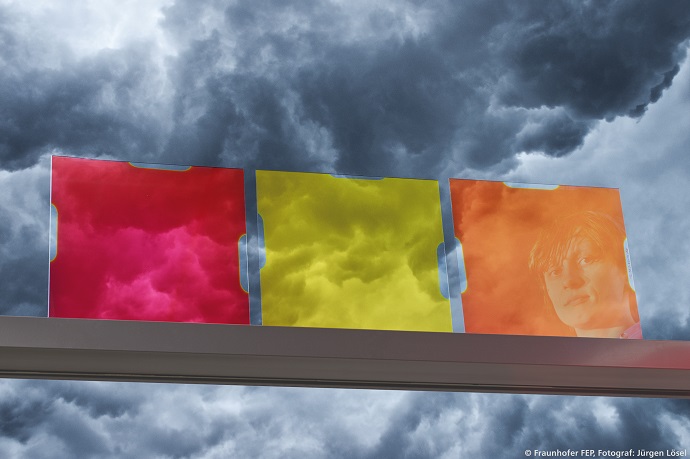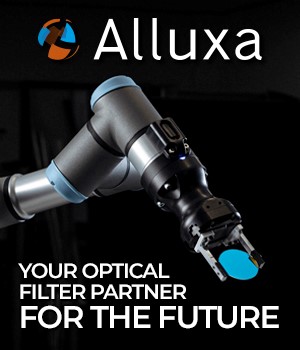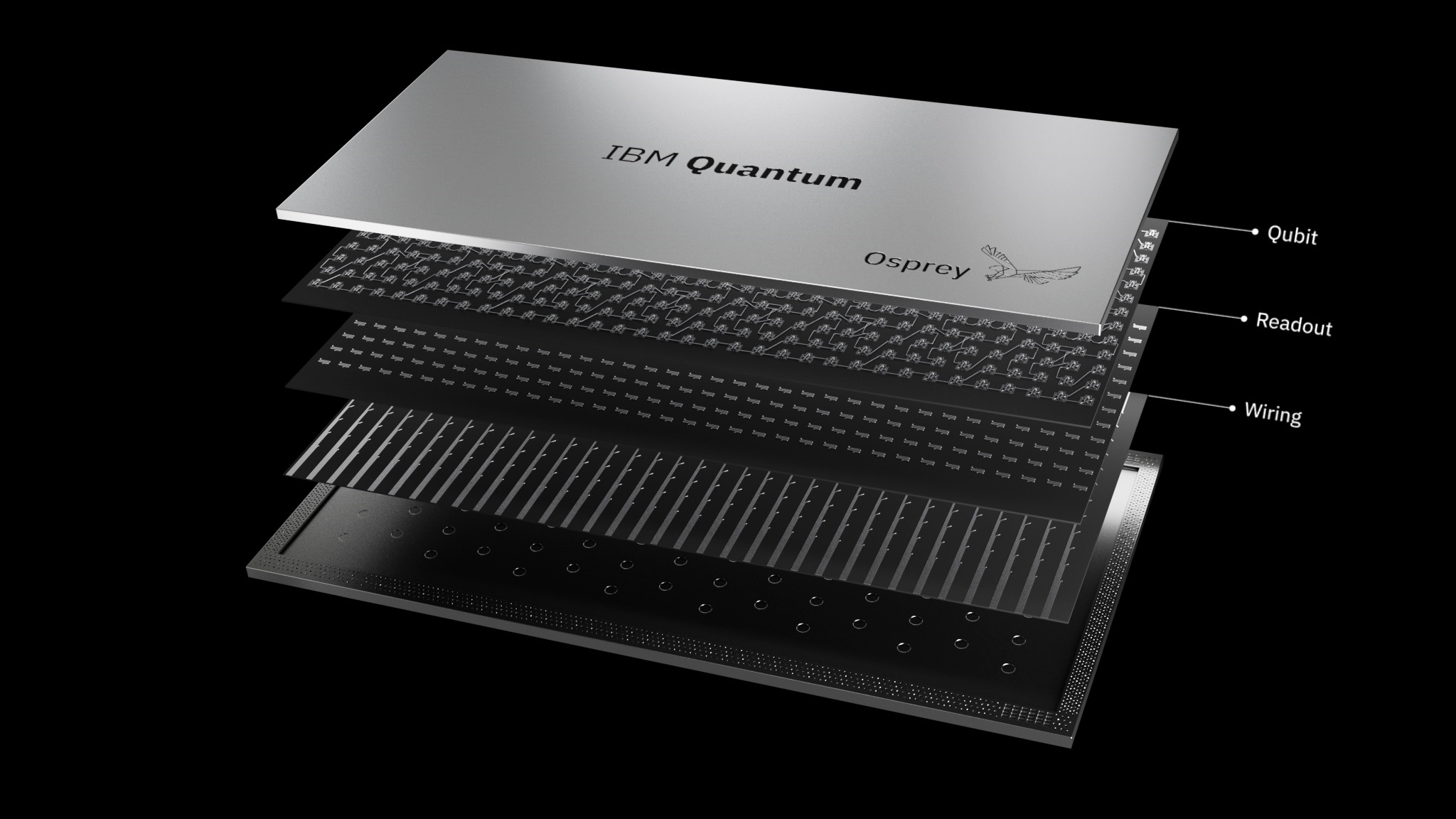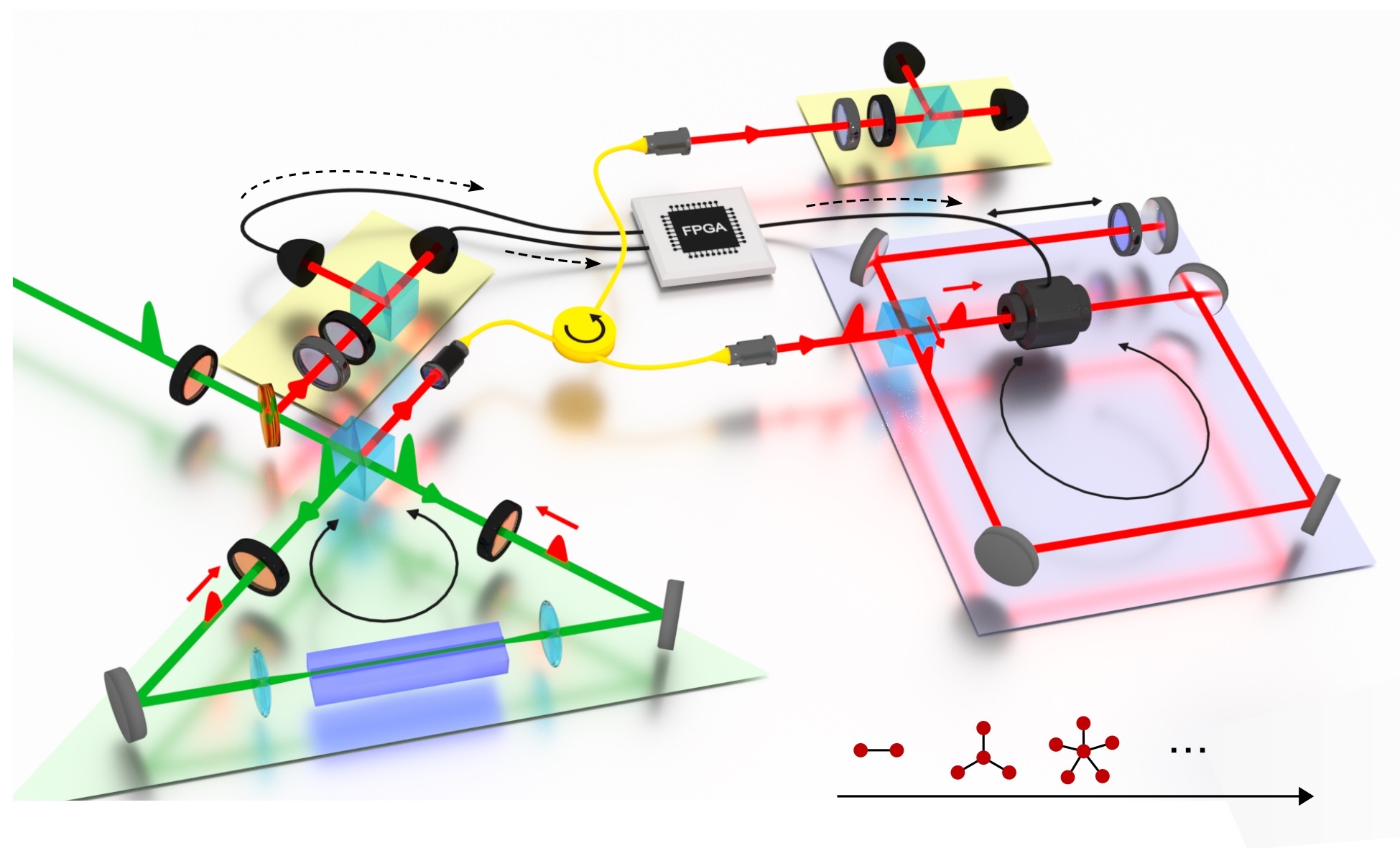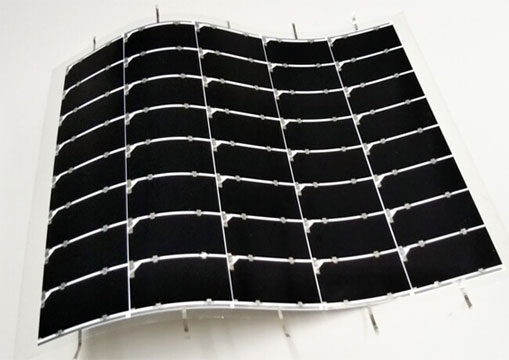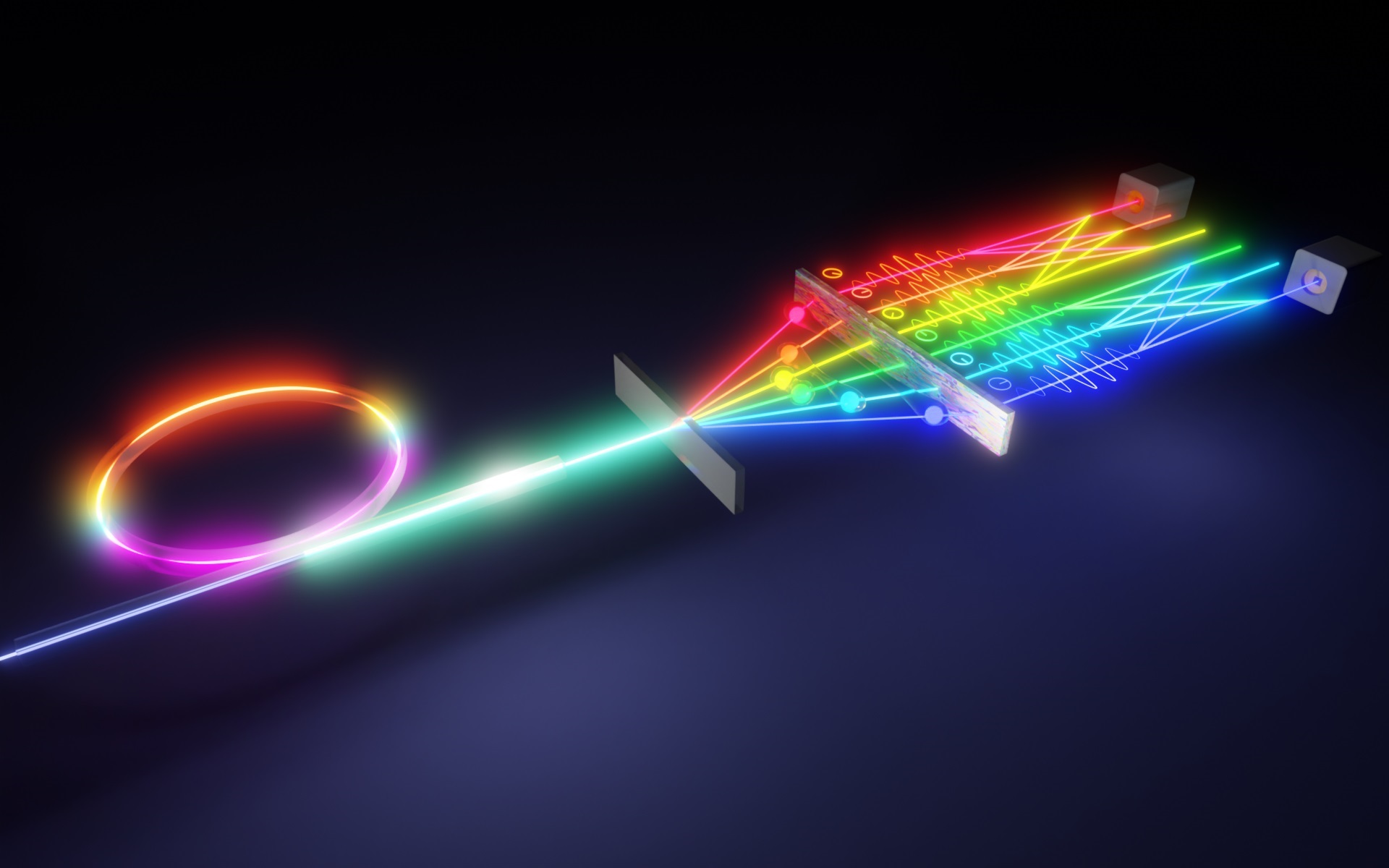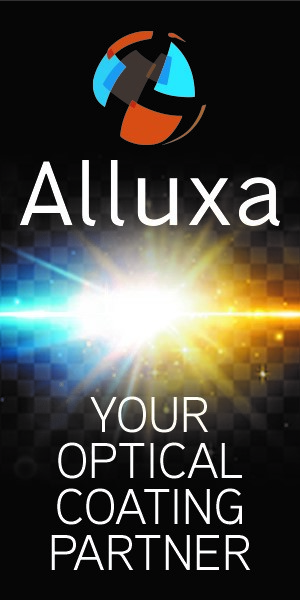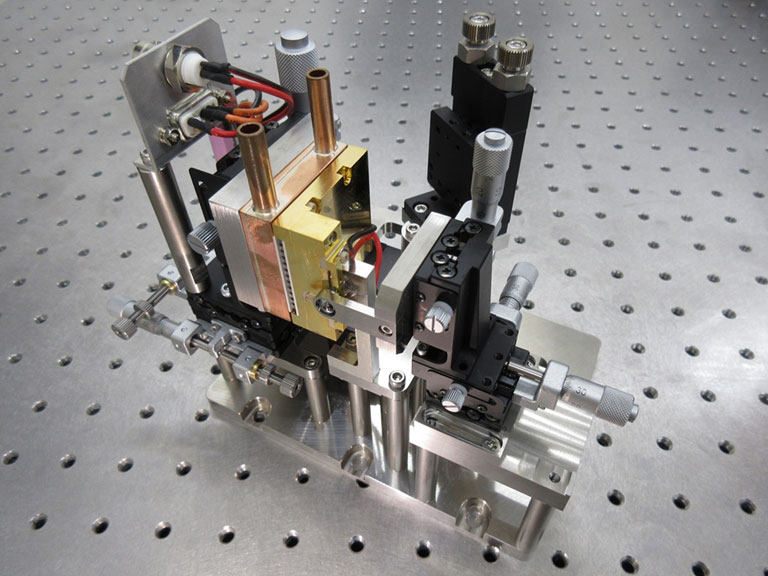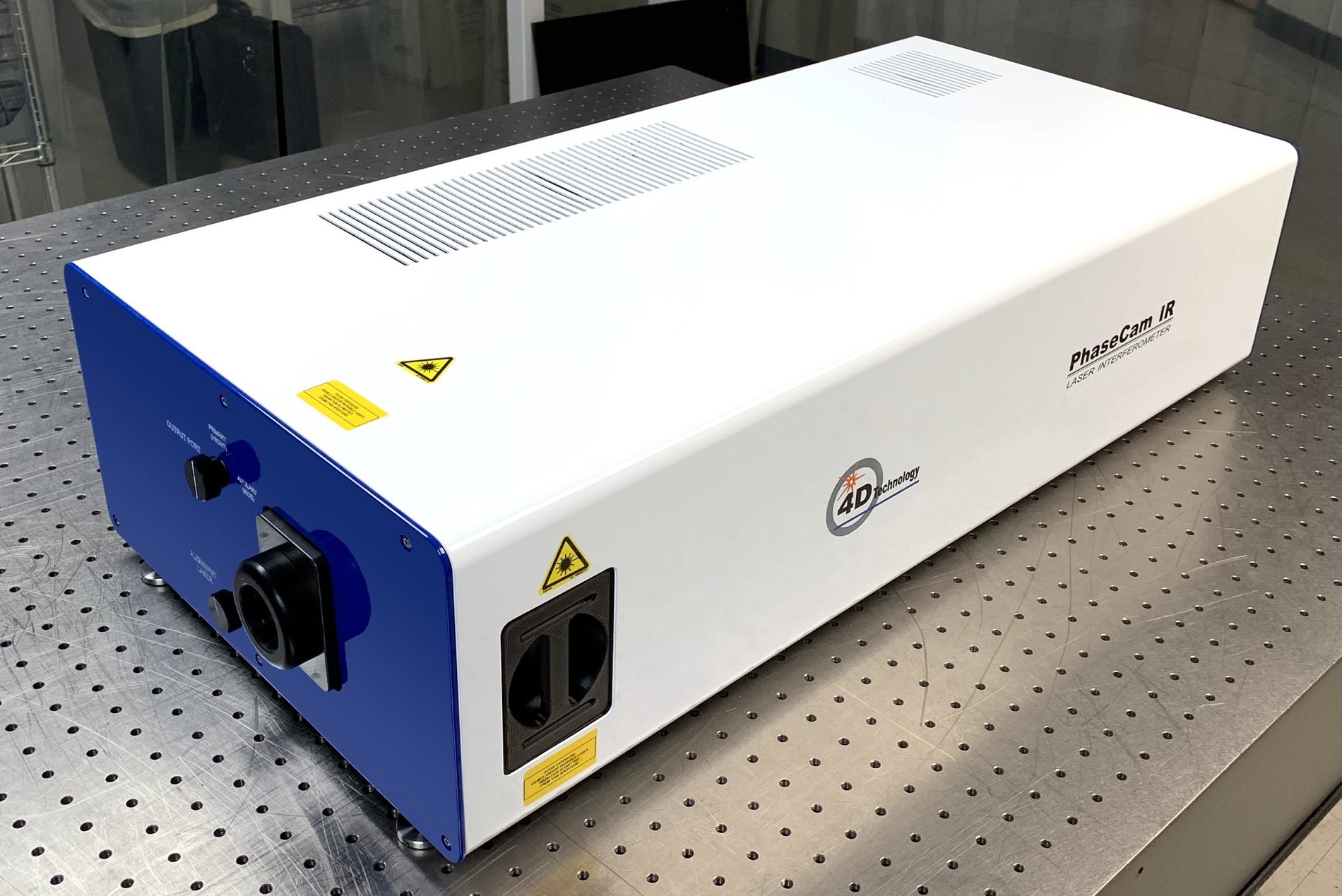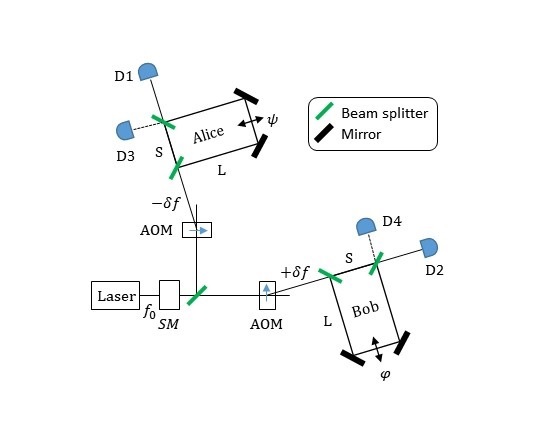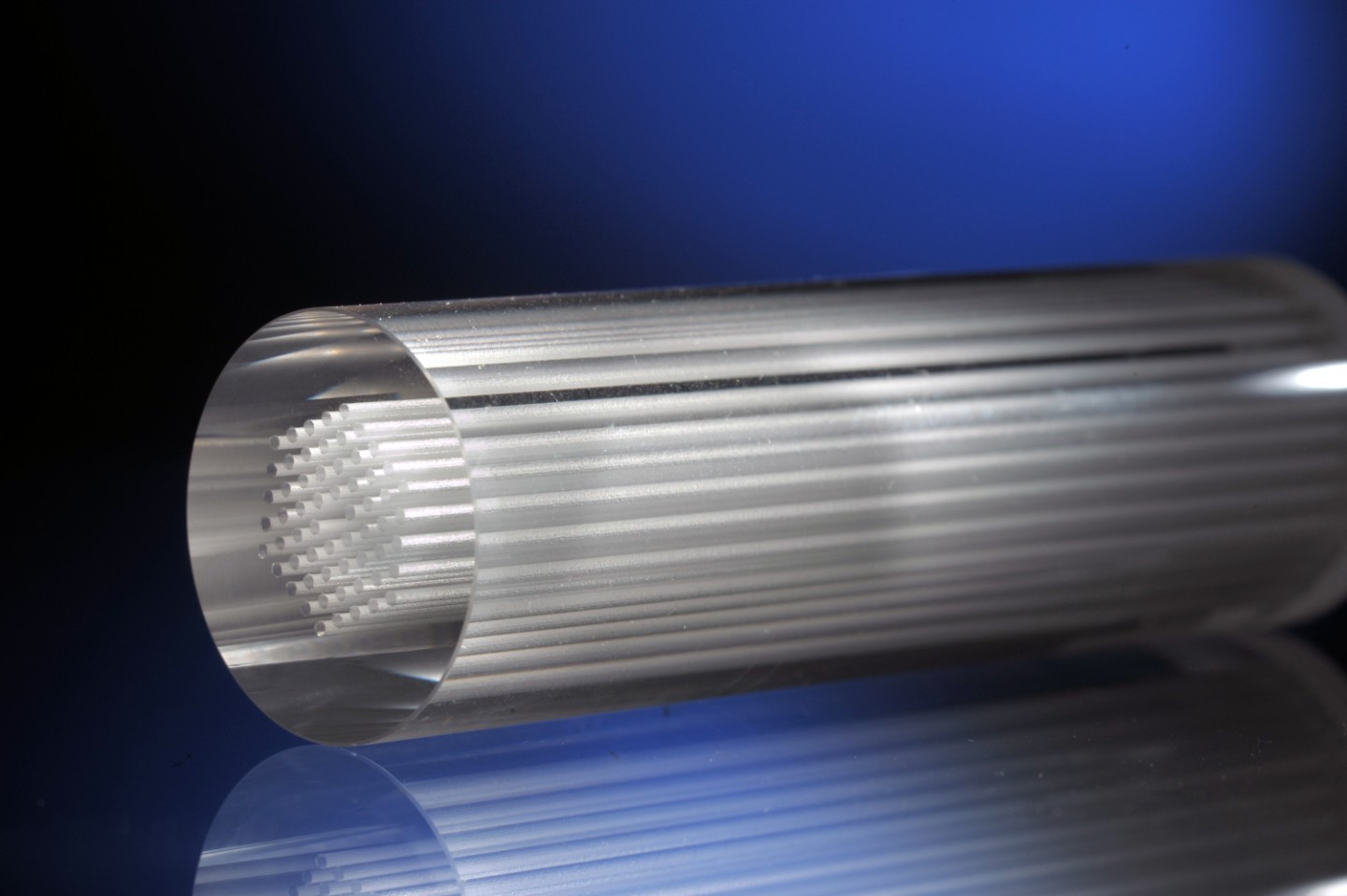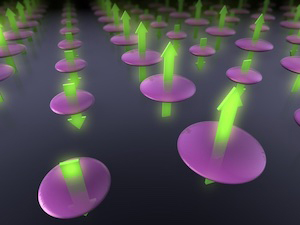May 11, 2015
At the SID Display Week, June 2 – 4, 2015, in San José/USA (German Pavilion, booth no. 222) the Fraunhofer Institute for Organic Electronics, Electron Beam and Plasma Technology FEP will present a coating which is required to expand the diameter of a laser beam by more than factor of one hundred. With this coating, backlighting for holographic displays can be realized in the future.
Wouldn‘t it be exciting to sit in the midst of a film without wearing annoying 3D glasses? Not only for television fans, holographic displays would be a giant step in this direction. Medical scientists could inspect spatial images of the inside of the body and observe detailed movements of organs.
The company SeeReal Technologies in Dresden works on such displays. Holographic displays use certain properties of laser light for the complete three-dimensional display of images. Therefore, an expansion of the laser beam to the display size is necessary. One can easily imagine that a laser beam with a diameter of a television display is difficult to realize. A conventional option would be large lens systems, but these are clunky and can only be manufactured complexly and at very high costs.
In a joint project with SeeReal Technologies the scientists of Fraunhofer FEP have now developed coatings that enable usage of low power lasers for illumination. The laser is directed in at a very flat angle into a glass plate (here 5°, respectively 85° against the vertical). Similarly to the shadow of a person which is extending in the setting sun and whose projected area on the earth also extends, the diameter of the laser beam increases. A small spot becomes an elongated ellipse.
In a second step the elongated ellipse impinges again on a second glass plate at 5°, whereby the second direction of the ellipse, the “short axis”, is elongated. Thus the laser spot is expanded to a circle, that is large enough in order to illuminate the entire display. However, if you shine with a laser on an uncoated glass plate at such a flat angle, approx. 73% of the beam is reflected. In case of two “expansion steps” more than 90% of the original intensity would be lost!
„We have developed an anti-reflective coating which increases the part of the transmitted light significantly”, says Dr. Daniel Glöß, head of the “Dynamic coatings” department of the “Precision Coatings” division at FEP. “By means of magnetron sputtering, thin layers are deposited on glass. These layers consist of two different materials with varying optical density. Even complicated optical functions can be achieved via multilayer systems, which, for instance, let only certain colors of the light pass through and reflect the others.”
With its new precision coating plant PreSensLine, Fraunhofer FEP is optimally equipped for the high-precision coating of larger substrates. Thus functional panes of size DIN A3 (approx. 300 × 400 mm² or 28” screen diagonal, respectively) have been coated with the special multilayer system. The specific challenge results from the combination of extreme requirements regarding the precision, reproducibility and homogeneity of the layers on this large area.
As in conventional color televisions, the color impression with holographic displays should result from a mixture of red, green and blue, whereby a white picture is created by overlapping. For this demonstrator 24 layers are required for the anti-reflective coating. The layer thickness of all 24 layers had to be hit correctly down to a few millionths of millimeters (nanometers) and must also remain constant over the whole area. That is equivalent to only a few hundred atomic layers or in other words: Would you enlarge the coated plate to the size of a football field, the allowed tolerances of the individual layer thicknesses would correspond approx. to one-hundredth of the thickness of a human hair. Even slightly larger deviations lead to loss of the desired anti-reflective properties. The picture quality would be strongly impaired or the color of the picture would appear distorted.
The anti-reflective coatings, which were manufactured at Fraunhofer FEP, were installed into the demonstrator of SeeReal Technologies. There, holography has already become reality. To produce significantly larger displays in the square meter range with the same precision is an ambitious goal. To achieve it, Fraunhofer FEP is also well equipped. It has the latest state-of-the-art pilot plant technology as well as the know-how for manufacturing demanding layer systems for the customer-specific development and production of the required coating components.

